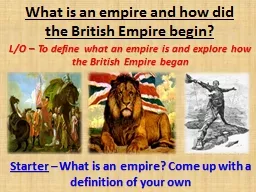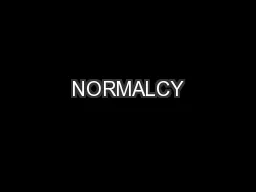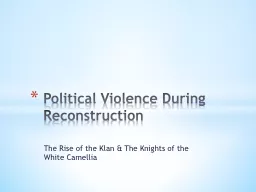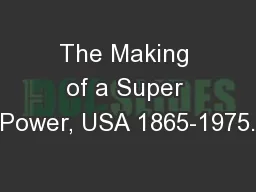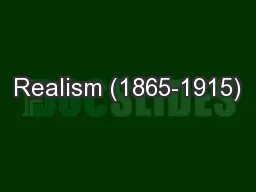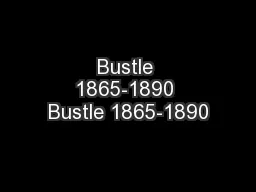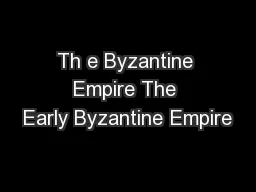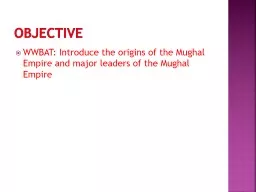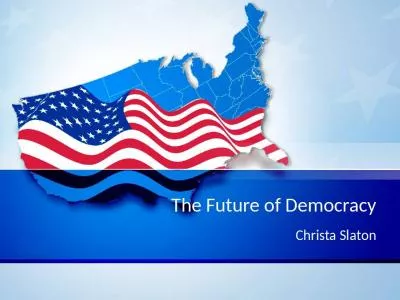PPT-The Ku Klux Klan The First Empire: 1865-1872
Author : kittie-lecroy | Published Date : 2019-11-30
The Ku Klux Klan The First Empire 18651872 The Ku Klux Klan was formed in December of 1865 in Tennessee The name was derived from the Greek word kuklos κύκλος
Presentation Embed Code
Download Presentation
Download Presentation The PPT/PDF document "The Ku Klux Klan The First Empire: 1865-..." is the property of its rightful owner. Permission is granted to download and print the materials on this website for personal, non-commercial use only, and to display it on your personal computer provided you do not modify the materials and that you retain all copyright notices contained in the materials. By downloading content from our website, you accept the terms of this agreement.
The Ku Klux Klan The First Empire: 1865-1872: Transcript
Download Rules Of Document
"The Ku Klux Klan The First Empire: 1865-1872"The content belongs to its owner. You may download and print it for personal use, without modification, and keep all copyright notices. By downloading, you agree to these terms.
Related Documents


